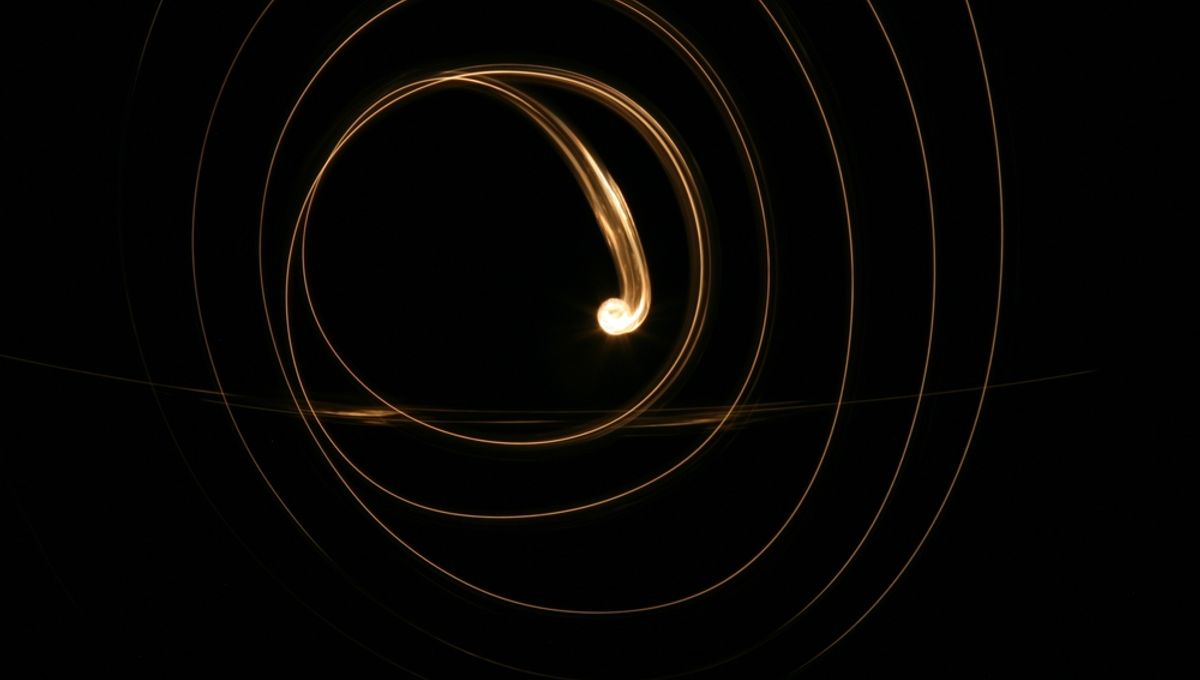
A rare physical state, previously only seen in electrons, has now been recreated in atoms frozen down to near absolute zero. In this “edge state”, the atoms travel along the borders of a given material, ignoring any obstacles placed in their way. Physicists hope that a better understanding of how edge states occur could lead to the development of lossless and efficient energy and data transmission systems.
Groups of electrons travel through metals as birds fly through the sky. But like a scattering flock of pigeons, electrons bounce wildly in all directions when they hit an obstacle.
Researchers noticed that this rule doesn’t apply in certain materials. Here, electrons simply glide around obstacles, traveling in a single file like marching cadets. This is called an “edge state”, as this unusual flow only occurs at certain materials’ borders.
This could have exciting applications, said Richard Fletcher, the study’s co-author and an assistant professor of physics at MIT, in a statement. “You could imagine making little pieces of a suitable material and putting it inside future devices, so electrons could shuttle along the edges and between different parts of your circuit without any loss,” he added.
Fletcher and colleagues wanted to study edge states in more detail. But that’s easier said than done. These states last only a femtosecond – or one-millionth of one billionth of a second. Electrons also only travel in edge states for distances less than a nanometer. Rather than trying to observe these minute conditions, the team tried to scale up edge states by working with atoms.
Edge state electrons had previously been identified at ultracold conditions under a magnetic field. The team recreated these parameters with roughly one million sodium atoms, which they arranged in a cloud. The team trapped the atoms and then spun them.
“The trap is trying to pull the atoms inward, but there’s centrifugal force that tries to pull them outward,” Fletcher explains. “The two forces balance each other, so if you’re an atom, you think you’re living in a flat space, even though your world is spinning. There’s also a third force, the Coriolis effect, such that if they try to move in a line, they get deflected. So these massive atoms now behave as if they were electrons living in a magnetic field.”
To give the atoms an edge to travel around, the team introduced a ring of laser light. When the atoms collided with this light ring, they flowed, in one direction, around its border like a ball during the first few thrilling seconds of a roulette wheel’s spin. The atoms ignored any obstacles placed in their path, said Fletcher.
Importantly, this edge state lasted for milliseconds and took place over microns – a duration and distance magnitudes greater than that achieved by electron edge states. This enabled the team to record the edge states more easily.
“These atoms are flowing, free of friction, for hundreds of microns,” Fletcher said. “To flow that long, without any scattering, is a type of physics you don’t normally see in ultracold atom systems.”
Now that they have a more practical experimental setup, the team plans to introduce new obstacles and interactions to their edge states. What the atoms will do, and the applications the states could power, are still unclear. But for Fletcher, the real value of the study is in viewing a concealed world. “For us, the beauty is seeing with your own eyes physics which is absolutely incredible but usually hidden away in materials and unable to be viewed directly,” he said.
The study was published in Nature Physics.
Source Link: Atoms Captured In Rare Hidden “Edge State” Could Help Power Lossless Energy Transmission